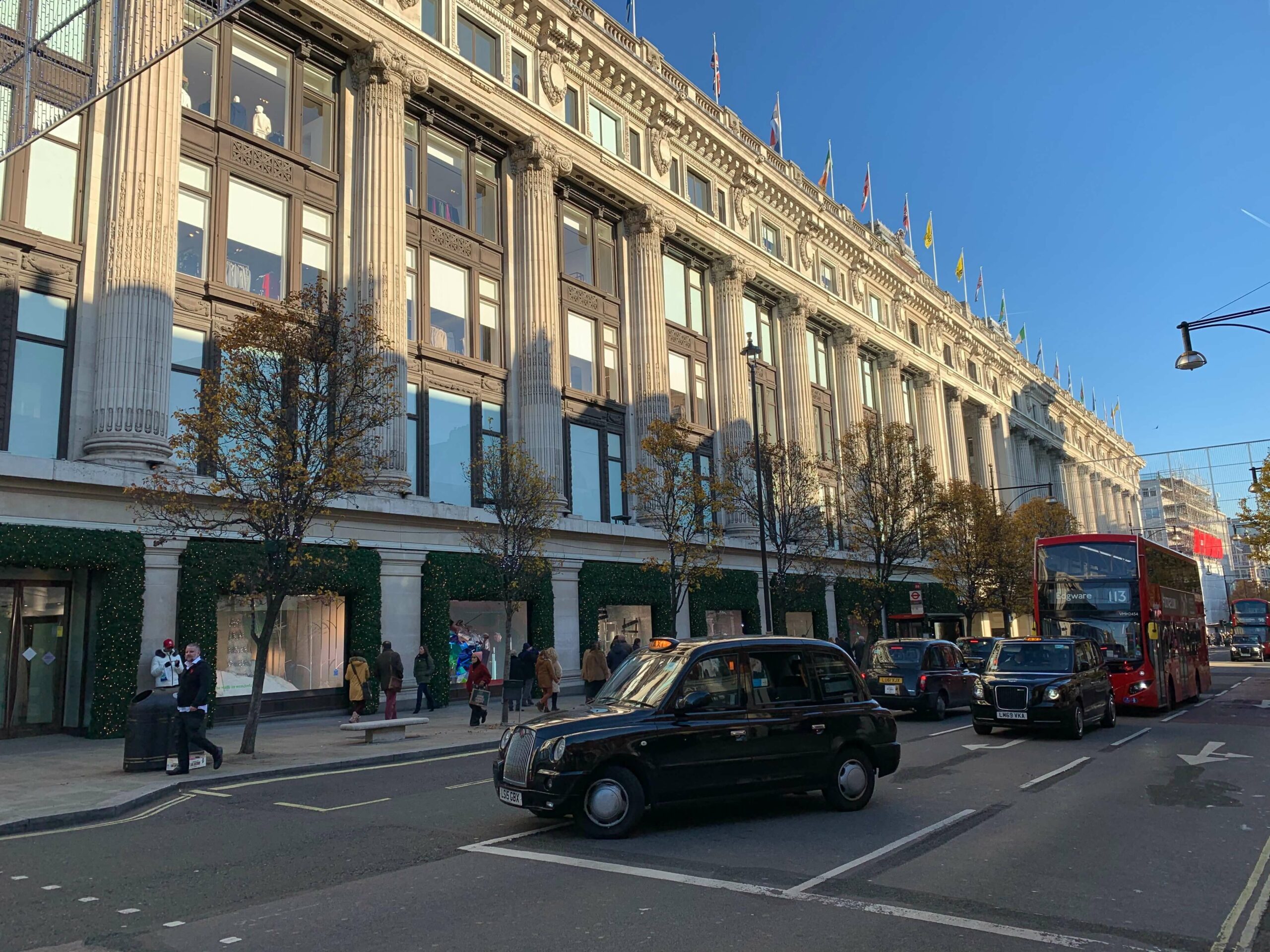London’s vibrant tapestry of neighbourhoods encompasses a wealth of historical treasures, and among them lies the fascinating district of Hendon, one of North London’s liveliest areas, located in the NW4 postal area. With roots dating back centuries, Hendon has transformed from a rural village to a thriving suburb, retaining its distinct charm and historical significance. In this article, we delve into the history of Hendon, highlighting key milestones and landmarks that have shaped its identity.
The Origins of Hendon
Hendon’s History can be traced back to Saxon times when it was known as “Hendun”, meaning “at the high hill.” Its strategic location at the crossroads of important trade routes between London and the north of England contributed to its early development. Evidence of human settlement in the area dates back over a thousand years, with archaeological finds revealing the presence of a Romano-British village.
The village remained a small and relatively isolated settlement until the middle ages when it gained prominence as a stopping point for travellers and pilgrims en route to the nearby St. Albans Abbey. This newfound importance brought trade and commerce to the area, leading to modest growth.
The Development of Hendon Throughout History
Hendon has developed a lot since its origins and was transformed over centuries from a farming community to a bustling transport hub.
Agricultural Heritage
Throughout the mediaeval and early modern periods, Hendon remained a predominantly rural village, with agriculture forming the backbone of its economy. The fertile soil and favourable climate made it ideal for farming, and the area became known for its orchards, vineyards, and dairy farms. The fields surrounding the village provided sustenance for its inhabitants and supplied the growing city of London with fresh produce.
Hendon Aerodrome
The 20th century brought significant changes to Hendon with the establishment of the Hendon Aerodrome in 1908. It quickly became one of the UK’s premier aviation centres, playing a crucial role in the development of British aviation. The aerodrome hosted numerous air shows and was a training ground for World War I pilots. Hendon Aerodrome witnessed historic moments, including the first official airmail flight and the formation of the Royal Air Force.
During World War II, the aerodrome played a vital role as a base for RAF squadrons and served as a testing ground for new aircraft. Today, the RAF Museum stands on the site, preserving the area’s aviation heritage. The museum houses an extensive collection of aircraft, artefacts, and interactive exhibits, offering visitors a fascinating glimpse into the history of aviation.
Historical Landmarks in Hendon
Hendon has a rich architectural legacy and boasts multiple historical landmarks that are popular destinations for tourists to visit today.
Church Farmhouse Museum
Hendon’s architectural heritage is exemplified by the Church Farmhouse Museum, a Grade II listed building that offers a glimpse into the area’s past. Built in the early 17th century, this timber-framed farmhouse now houses a museum showcasing the history of Hendon and its transformation over the centuries. The museum exhibits include historical artefacts, photographs, and documents that shed light on the lives of the village’s past residents and the changes it has undergone.
The Burroughs
The Burroughs, a prominent area within Hendon, has been an integral part of the district’s history. The Burroughs Manor House, built in the 16th century, served as the residence of the Burroughs family and is a testament to the area’s affluent past. The manor house showcases beautiful architectural features, including a striking timber-framed façade. Today, the manor house has been converted into residential flats, blending modern living with historical character.
The Modern Development of Hendon
Despite being a historical agricultural village, Hendon has undergone rapid development in the last century. However, while the area embraces change, its identity remains perfectly preserved.
Suburban Expansion
The mid-20th century marked a turning point for Hendon as it experienced a wave of suburban development following the construction of new housing estates. The district’s proximity to central London and excellent transport links made it an attractive location for families seeking a suburban lifestyle. The once predominantly agricultural landscape gradually transformed into a residential area, characterised by tree-lined streets and spacious gardens.
The expansion bought with it the establishment of schools, parks, and amenities to cater to the growing population. Hendon’s development as a suburban hub contributed to its thriving community, fostering a sense of belonging and local pride among its residents.
Cultural Mosaic
Hendon has embraced cultural diversity, attracting a vibrant mix of communities from various backgrounds. The area is home to places of worship representing different faiths, including churches, synagogues, mosques, and temples. This multicultural tapestry is reflected in the local shops, restaurants, and community events, creating a rich and inclusive atmosphere.
Hendon’s diverse culinary scene is a testament to its multicultural fabric. Restaurants and eateries offer a wide range of international cuisines, allowing residents and visitors to savour flavours from around the world. From traditional British pubs to Asian fusion restaurants and Middle Eastern delicacies, there is something to tantalise every palette.
Visiting Hendon
If you’re intrigued by Hendon’s rich history, there are plenty of places to stay during your visit to this cherished part of London, including the Pillar Hotel, located in the heart of the NW4 area. As you explore the streets of this district, you will walk in the footsteps of the generations that came before, discovering the fascinating tales of a place that has played an integral role in the tapestry of London.




